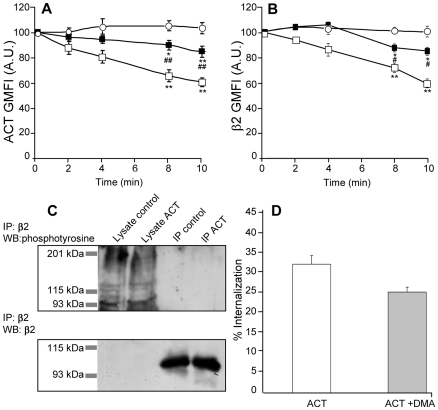Figure 3. ACT internalisation takes place through two different routes of entry, likely acting in parallel.
. Cell-surface fluorescence of ACT and β2 integrin molecules in cells pre-treated for 30 min with chlorpromazine, an inhibitor of clathrin-mediated endocytosis, as followed by flow cytometry (A and B). ([○] control cells, 35 nM ACT-treated cells [□] and chlorpromazine-treated cells [▪]). In controls, cells were incubated for 2 min with ACT, then kept at 4°C to avoid any internalisation. Treatment of cells with 35 nM ACT does not induce integrin phosphorylation in tyrosine residues as assayed by Western blotting (C). Inhibition of macropinocytosis by DMA (200 µM) does not prevent ACT internalisation (D). FACS analysis of internalisation processes and immunoprecipitation were preformed as described in Materials and Methods. The data shown in (A), (B), (C) and (D) are the mean ± SEM of at least three independent experiments, with *p<0.05 and **p<0.025 with respect to control cells and #p<0.05 and ##p<0.025 with respect to ACT-treated cells.

